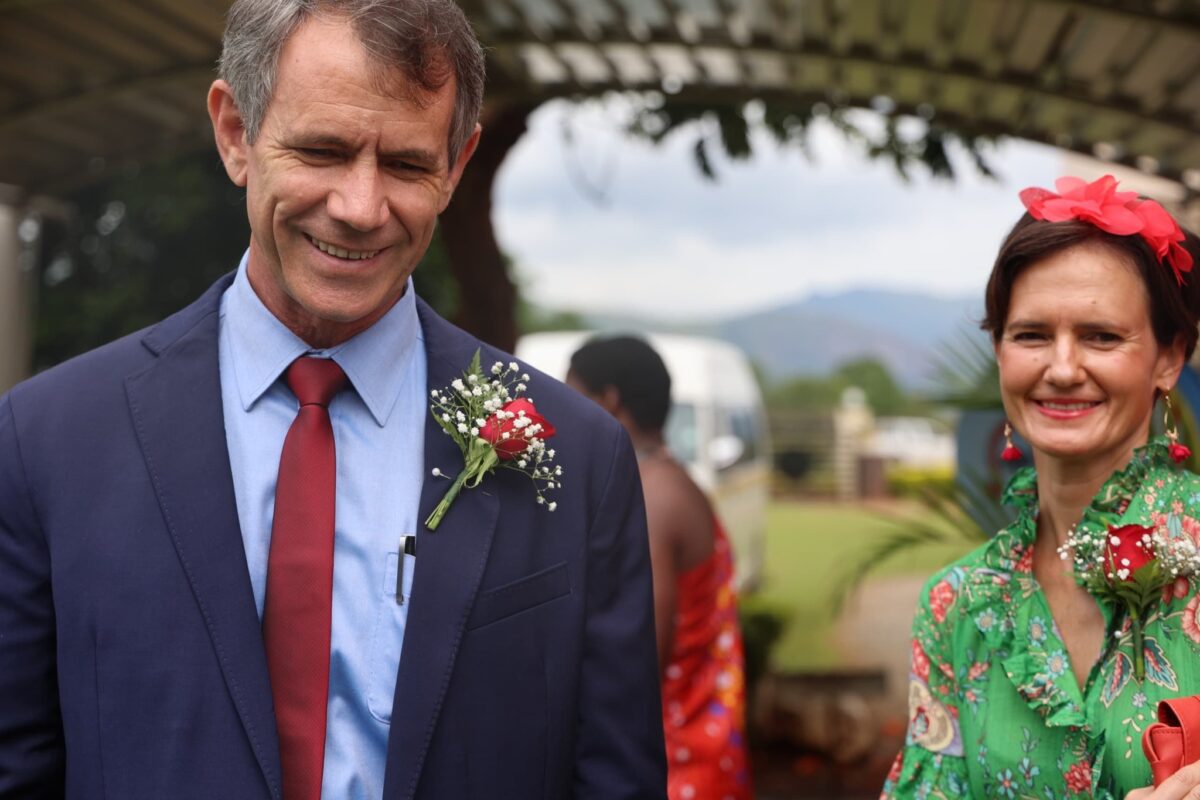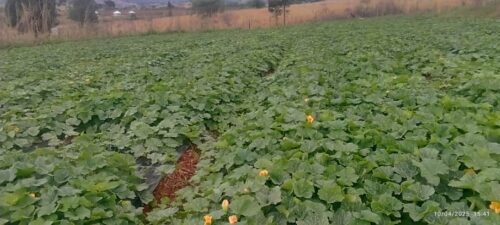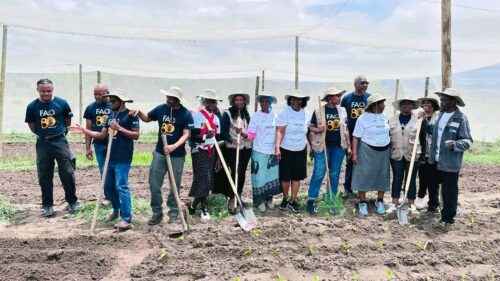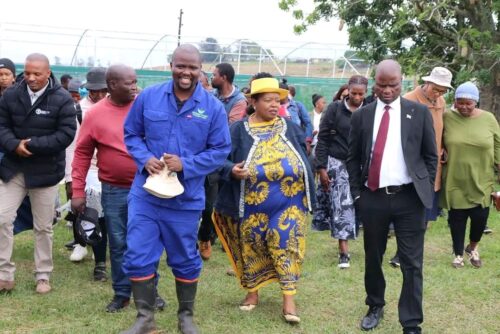By SBU MNGADI, Editor-in-Chief, AGRIBUSINESS MEDIA
Eswatini faces a paradox: fertile land lies fallow while the country imports 80% of its daily food. Youth unemployment stands at 56%, and poverty affects 58.3% of the population. Against this backdrop, the 2025 Budget Speech, delivered by Finance Minister Neal Rijkenberg, positions agriculture as a linchpin for economic transformation. But does the budget sow enough seeds to cultivate food sovereignty, create jobs, and reverse decades of dependency?
The speech echoes His Majesty King Mswati III’s emphasis on food security as a pillar of the national “Programme of Action.” The government’s rhetoric aligns with the urgency of unlocking Eswatini’s agricultural potential, particularly through smallholder farming and infrastructure investments. As Minister Rijkenberg noted, “We have tens of thousands of hectares of unused terraced agricultural land… a recipe for a wonderful win-win if we could farm economically on a small piece of land.”
Budget Breakdown: Where the Money Flows
The Ministry of Agriculture received E1.65 billion in 2025/26, with notable allocations:
- Smallholder Empowerment:
- E60.4 million for the Smallholder Agricultural Productivity and Market Enhancement Project (SAPEMP), targeting 17,000 farmers in vulnerable regions.
- E50 million for a youth-focused agriculture project via World Bank IDA funding.
- Commercial Farming:
- E40 million for commercial maize farming and E14 million for the Hamba Ubuye project.
- E65 million to the National Maize Corporation (NMC) for subsidies and tractor hires.
- Infrastructure:
- E737.36 million for the transformative Mpakeni Dam (Phase 1B) to boost irrigation in Shiselweni.
- E230 million for LUSIP II, critical for in-field irrigation.
- Innovation:
- Taiwan-funded Aquaculture Research Centre in Malkerns to boost fish production.
- E30.4 million for livestock value chain development, including EU-backed cordon fences.
Entities like NAMBoard, ESWADE, and the NMC are central to execution. ESWADE’s role in SAPEMP and the Mpakeni Dam underscores its growing influence, while the NMC’s tractor hire programme aims to mechanize smallholder farming. The Dairy and Cotton Boards, though less highlighted, remain vital for sector-specific growth.
Strengths: A Foundation for Growth
- Youth Inclusion: Direct funding for youth projects signals recognition of their role in agribusiness.
- Infrastructure Focus: Mpakeni Dam and LUSIP II promise long-term water security, critical for climate resilience.
- Partnerships: Collaborations with Taiwan, the EU, and the World Bank bring technical expertise and funding.
- GDP Link: The projected 8.3% GDP growth for 2025 leans partly on agriculture-driven construction and manufacturing.
Gaps and Questions: The Unplowed Fields
- Land Utilization: Despite rhetoric on unused terraced land, no clear strategy for redistributing or incentivizing land access for unemployed youth.
- Crop Diversification: Heavy focus on maize and sugarcane risks repeating monoculture pitfalls. Where are funds for drought-resistant crops or horticulture?
- Job Numbers: Factory shells (promising 4,000 jobs annually) cater to manufacturing, not farming. Can agriculture itself absorb enough youth?
- Sustainability: Reliance on external grants (e.g., Taiwan’s E51.5 million for silos) raises questions about long-term self-funding.
- Value Chain Gaps: Limited mention of processing facilities or market access for smallholders.
A Patriotic Critique: Progress, But Pace Matters
The budget makes strides but risks under-delivering on scale. For instance, SAPEMP’s 17,000 farmers represent a fraction of the 56% unemployed youth. Similarly, while the Mpakeni Dam is laudable, delays in completing the International Convention Centre hint at execution risks.
Yet, there’s hope. The planned Sovereign Wealth Fund could channel profits from state holdings into agriculture. The push for digital platforms like Government in Your Hand may streamline farmer access to services.
Conclusion: From Seeds to Harvest
Eswatini’s 2025 budget plants ambitious seeds for agriculture. However, transforming these into a harvest of jobs, reduced imports, and food sovereignty requires:
- Faster implementation to avoid bureaucratic delays.
- Diversification beyond traditional crops.
- Youth-centric policies that link farming to tech and innovation.
As Minister Rijkenberg declared, “Transformation demands that we admit our failings and strive to do things better.” The budget is a start—but the true test lies in tilling the soil of action.
Agribusiness Media will track these projects’ progress. For Eswatini’s sake, may the seeds of 2025 blossom into a food-secure future.
About the author: Sbu Mngadi is a journalist with over 30 years experience and founder of Agribusiness Monthly Magazine, founded in 2012 and is now a purely digital news platform.

Finance Minister Neal Rijkenberg and his wife in parliament on Valentine’s Day.



